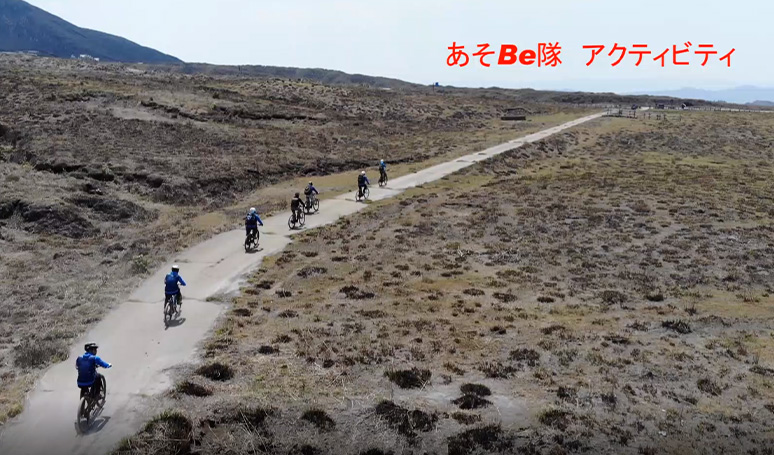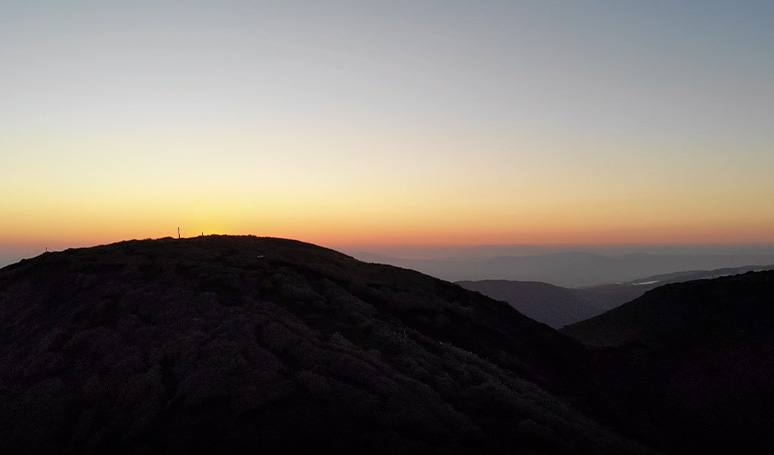

NEWS
-
2021/02/10
Aso Caldera Tourism was introduced in “Guidable Japan,” which provides useful information on daily life,recommended spots, and the latest trends.
-
2021/02/09
German influencer, Pickert Maxie, introduced Aso Caldera Tourism on YouTube.
-
2020/11/08
French influencer Mehdi Fliss introduced Aso Caldera Tourism in an Instagram story and post.
-
2020/11/06
The blog covered by a French travel blogger living in Japan was posted on the website.
-
2020/11/02
@ sugoiijapan (Instagram) edited and shared a nice video of our Aso Caldera Tourism trip.
Encountering New Stories
Through Aso Caldera Tourism
The Aso Caldera is one of the largest calderas in the world, measuring 18 km from east to west, 25 km from north to south, and about 120 km in circumference.
Aso is designated as the Aso Kuju National Park and is certified as the UNESCO Global Geopark.
At the center of the caldera is the Asogogaku, a line of five mountains where you can see magnificent and beautiful mountain landscapes. Nakadake is an active volcano, where you can feel the heartbeat of the earth. You will be impressed by the volcanic smoke spewing out from the crater, where you can see the lava rock surface.
With the magnificent caldera, the great nature, and the people here, you can experience the history and culture of the unique nature of the Aso Caldera and the life that coexists with the it, which is seldom found elsewhere in the world. Your adventurous voyage to encounter new stories begins with Aso Caldera tourism.
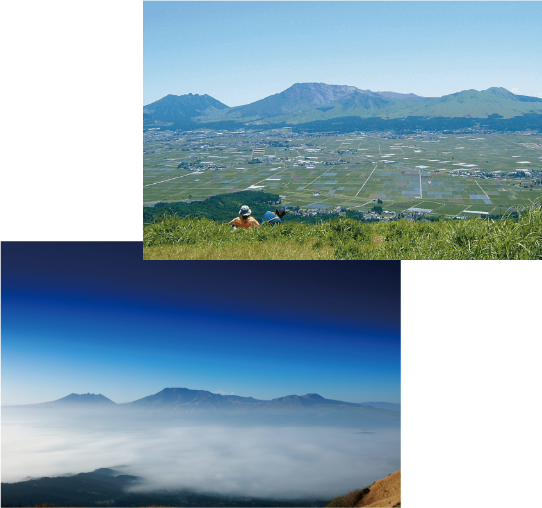
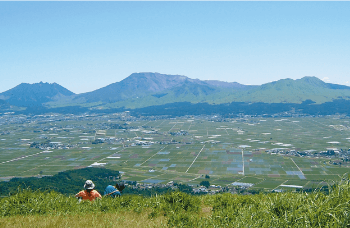
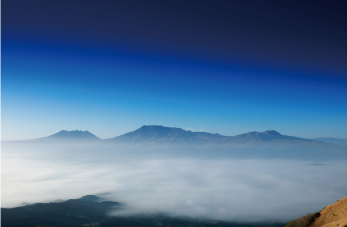
Story of the birth of Aso Caldera
Aso, the UNESCO World Geopark
The Aso Caldera is a natural miracle created by four major eruptions that occurred between 270,000 and 90,000 years ago. It is thought that a large amount of underground magma was released to the surface by eruptive activity, which created a large space underground. This resulted in a cave-in that formed a large caldera in the Aso region.
Geoparks are places where you can learn about and enjoy the earth as a whole. You can enjoy and learn the unique culture of the people who coexist with nature and who have grown in awe with the memories of the eruption engraved on the giant caldera, the Nakadake Crater where you can feel the breath of the earth, and the active volcano.
Story of the grassland of over 1,000 years
Globally Important Agricultural Heritage
Systems with a unique grassland culture
The grassland of Aso has been maintained by people for 1,000 years. In the past, people engaged in agriculture, such as rice cultivation, and used the grassland to produce fertilizer, which is essential for raising cattle and horses and farming. The grassland of Aso is still maintained by the people of Aso, who continue their activities such as pasturing livestock, grass harvesting, and field burning. It was recognized as a Globally Important Agricultural Heritage Systems in 2013.
Story of the gods of Aso
Revering nature, worshiping of volcanoes
since ancient times,
and praying for a good harvest
Mt. Aso has been worshiped as a mountain of fire since ancient times. Mt. Aso was also once a great sacred ground of Mountain Buddhism, which was involved in mountain worship. Aso-jinja Shrine, where deities of agriculture have been worshiped since ancient times and which conveys the ancient volcanic beliefs, has a history of more than 2,000 years. It is the main shrine of about 500 shrines across Japan, where the 12 gods of Aso are enshrined. Today, its magnificent buildings, such as the shrine building and tower gate (designated as National Important Cultural Property), still remain within the shrine grounds.
Aso, where people have revered the fire of the crater, has inherited the Hifuri Shinji ritual of Aso-jinja Shrine, the Hiwatari (Japanese for "fire-walking") ritual of Saiganden-ji Temple, the Shimomiya Hitaki Shinji ritual of Shimo-jinja Shrine, and other Shinto rituals related to fire. Also, the important annual ritual of Aso-jinja Shrine of praying for a good harvest in autumn, the Onda Festival, will make you feel like you were looking at a traditional Japanese picture scroll.
Story of the water that gushes out
The clear spring water
brought from the caldera
Aso is also called the "home of natural mineral water". Repeated eruptions formed a sedimentary layer that allows water to pass through easily, and the rain that falls in the Aso Caldera is filtered by the natural filter of this sedimentary layer. The water is stored underground to become spring water. There are many water sources in Aso, and this clean and delicious water supports the lives of people in Aso as domestic water and agricultural water.
The lovely flowers that color the caldera
The lovely flowers that live in the Aso Prairie,
which is reborn through controlled burning
The field of Kyushu Azalea flowers, which color the mountains of Aso pink, are in full bloom from the end of May to the beginning of June. You can also enjoy rare flowers that are only found in Aso, such as the clustered bellflower, a purple flower, and Siebold's Catchfly, an impressive flaming vermilion flower.
-

Ride through the creater, the ancient Shugendo (mountain asceticism) path, and the glassland to the city.Have a slalom ride on Mt. Aso with an electronically-assisted mountain bike
Time3 hours (One Way, Including Lunch) / 5 hours (Round Trip, Including Lunch)
No. of Participants2 ~ 8 people (per group)
Event PeriodAlways
-

Use ropes to dive into the caldera among a majestic landscape.Aso Daikanbo Wind Valley rappelling
Time3 hours
No. of Participants2 ~ 5 people (per group)
Event PeriodApril to November
-

The panoramic view of Aso Caldera and its majestic natureDaikanbo walk and horse trekking
Time3 hours
No. of Participants2 ~ 5 people (per group)
Event PeriodAlways
-
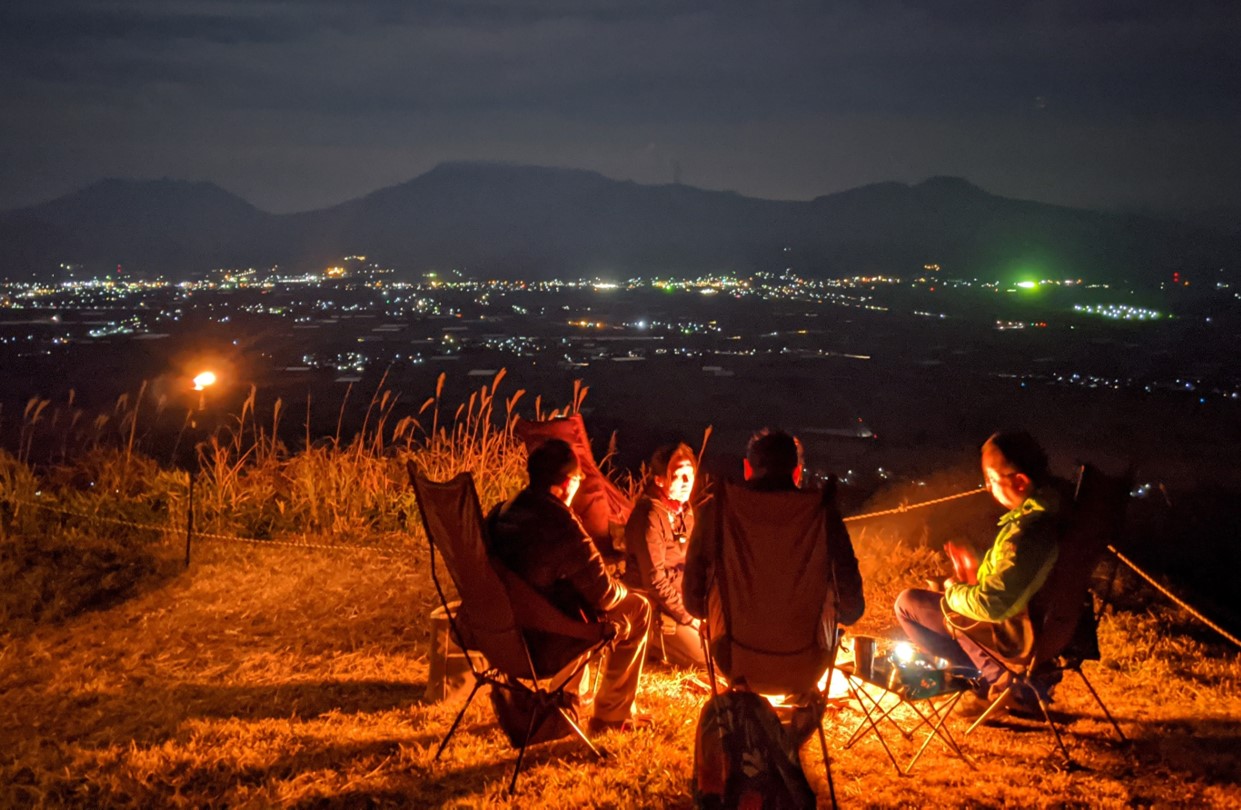
A moment around a bonfire on a rustic prairie under a starry skyDaikanbo starry sky watching and bonfire experience
Time2.5 hours
No. of Participants2 ~ 8 people (per group)
Event PeriodApril to November
-

The Time-Travel Into The Edo Period, And Walking On
The Ancient Road That Makes You Feel The HistoryThe Road of History: Bungo Kaido TrekkingTime2.5 hours
No. of Participants2 ~ 8 people (per group)
Event PeriodAlways
-
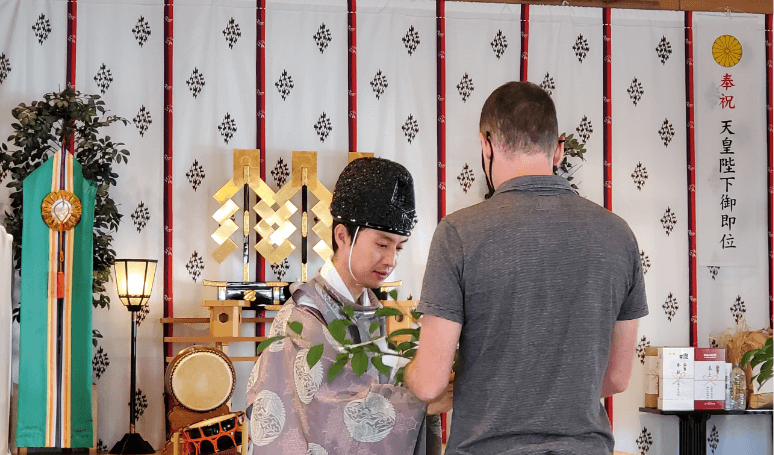
Enjoy a sacred experience, the pleasant walk around Monzen-machi, and the famous Akaushi beef.Formal visit to Aso-jinja Shrine, Monzen-machi Mizuki tour and lunch Akaushi-ju for lunch
Time2.5 hours
No. of Participants2 ~ 8 people (per group)
Event PeriodAlways
-

Enjoy the unique scenery of Japan and interacting with localsWalking through Teno Village and having lunch at a farmhouse
Time2.5 hours
No. of Participants2 ~ 8 people (per group)
Event PeriodAlways
-

Breakfast in the middle of the beautiful morning air and sceneryTagoyama morning walk and dining out (Observing a sea of clouds and having breakfast made with local ingredients)
Time2 hours
No. of Participants2 ~ 8 people (per group)
Event PeriodAlways
-

Nighttime activities to experience the retro feel of Japan's Showa era (1926 to 1989)Strolling at Uchinomaki Onsen at night
Time2 hours
No. of ParticipantsDepending On the Negotiation With Each Shop
Event PeriodAlways
Ⅿodel plan
Plan for 3 days and 2 nights from Tokyo
Day 1

Special visit to Aso-jinja Shrine
Day 2
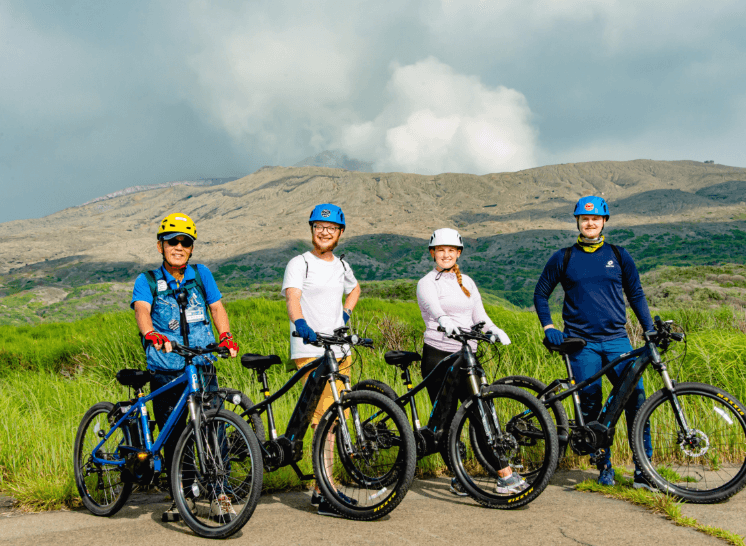
Slalom ride on Mt. Aso
Day 3

Farmhouse veranda lunch & stroll in Teno Village



